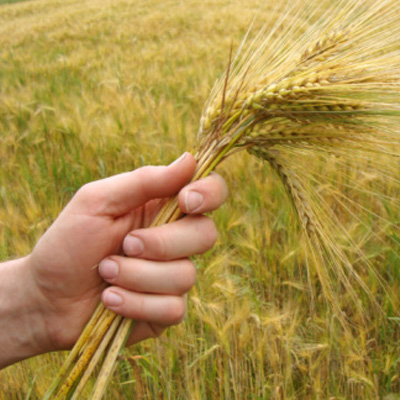Beer by definition must include four essential ingredients: water, yeast, malt and hops. However, across the American beer landscape, we see a greater emphasis on certain ingredients.
John Gillooly, head brewer of Drakes Brewing Company in San Leandro, Calif., recently asked a very important question via his blog: Why do U.S. bewers care less about malt?
It’s true, Americans love hops. Craft beer aficionados love their hops, brewers love their hops–we’re all a little hop crazy.
Gillooly admits in his blog post, “When I talk to other brewers, we often get quickly to hops–‘Have you tried EXP 01210? What do you think of Azzaca? How are your Simcoes this year?’ We will talk about the nuances of early harvest vs. late harvest, ask about the newest hops coming out of Germany (Mandarina? Polaris?) and New Zealand (Waimea? Rakau?). We talk about dry-hopping techniques (do you drop the yeast first? at what temperature?) and the evolving technology of hop extraction.”
The American palate demands hop presence in craft beer. IPAs are the most popular style of craft beer in the U.S., so it makes sense that “hop talk” is common among brewers–it’s what the people want.
But, malt is equally as important to a beer’s flavor profile. Malt contributes color, flavor, mouthfeel and aromas, not to mention it is the primary source of fermentable sugars used to create alcohol in beer. With all of malt’s contributions to beer, you would think that it would be a more popular topic of conversation between brewers, beer geeks and festival goers.
Gillooly places the responsibility of getting more in touch with malt as an ingredient on the brewers and suppliers shoulders. “It is a real curiosity to me that this is how those two markets (hops and malts) evolved, and I am frankly surprised that we as brewers accept it. And where are the suppliers trying to sell me an ‘heirloom’ malt variety? Why is no one planting Maris Otter in America?”
The popularity of hops isn’t going anywhere, but do you think as American craft beer evolves we will see an increase in recognition of the important role that malt plays in beer?
It’s up to us as craft beer fans to take the time to educate ourselves about malt and its contributions to our favorite beverage. This will only show our local brewers that we want to be engaged in their beers and the ingredients they choose.
CraftBeer.com is fully dedicated to small and independent U.S. breweries. We are published by the Brewers Association, the not-for-profit trade group dedicated to promoting and protecting America’s small and independent craft brewers. Stories and opinions shared on CraftBeer.com do not imply endorsement by or positions taken by the Brewers Association or its members.

Share Post